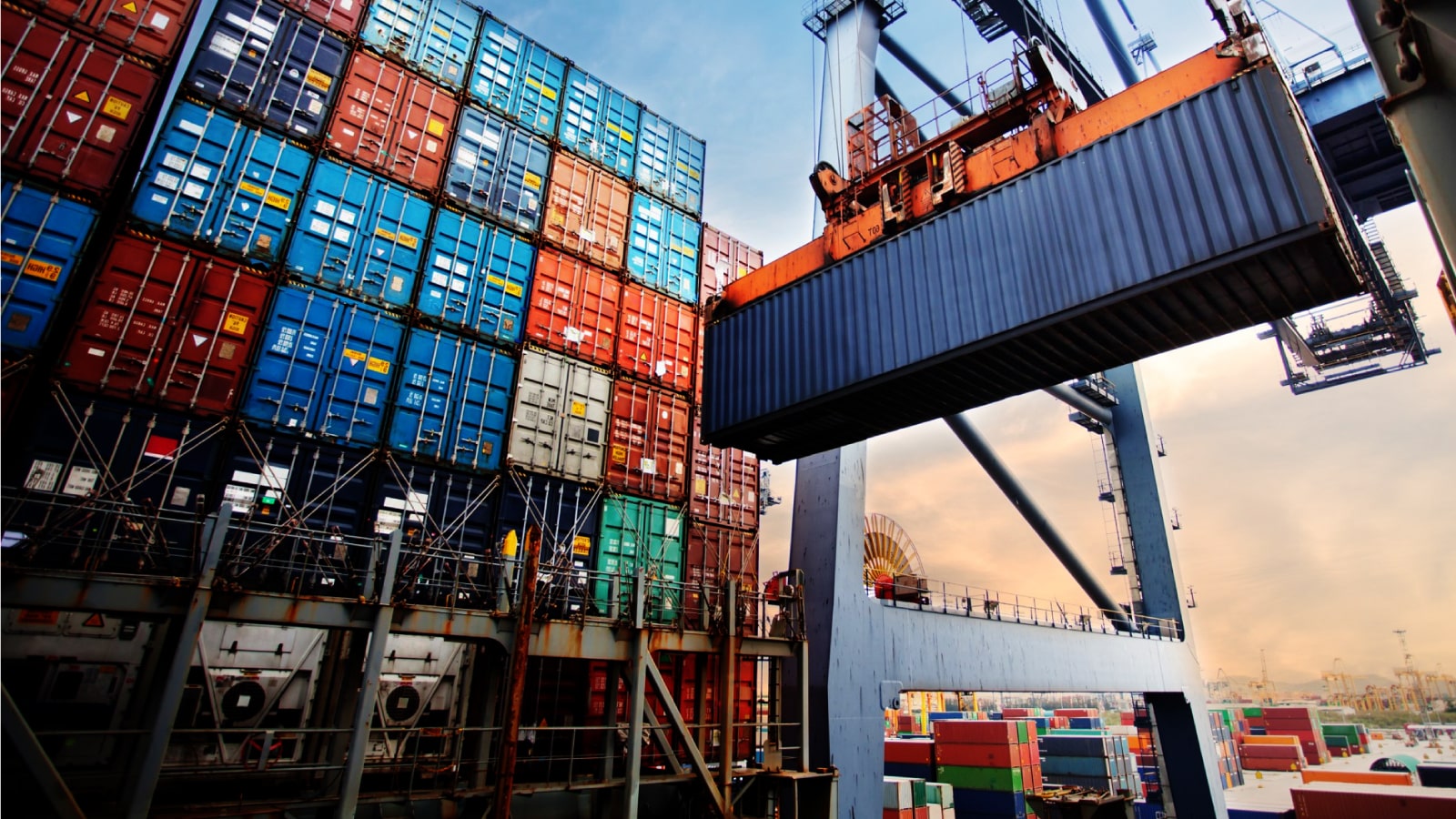Consignor vs. Consignee: What's the Difference?

Freight shipments frequently change hands, and cargo arriving from overseas could pass between numerous third-party operators before reaching its final destination. However, every freight shipment — no matter how simple or complex in nature — will fundamentally involve two primary parties, known in the industry as the consignor and consignee.
What do the terms consignor and consignee mean, why do we use them, and what role does each play in the shipment process? Let’s dig in.
What is a consignor?
The consignor is the person, business, or organisation that originally ships the product. The consignor originates the shipment and, when shipping internationally, serves as the exporter of record. Often, a consignor is a manufacturer, a distributor, or a drop ship warehouse hub.
What is a consignee?
The consignee is the final recipient of the shipment, usually a customer or client of the consignor. They could be a product assembler, a retailer, or the end user. The consignee is considered the importer of record in international shipping.
Carriers, shippers, and third-party logistics companies are not considered the ultimate owner of the shipment, so in most cases, they are not listed as the consignee. However, this can vary depending on the type of BOL being used.
What is the purpose of these terms?
These words are often confused (and it’s easy to see why). So why use them at all?
Freight transfers are all about ownership. Companies that ship their product out are transferring goods on consignment, which requires a clear definition of the rights and responsibilities of each party in the transaction. This becomes especially important in international trade, where establishing who is responsible for tariffs, fees, and delivery can get hairy.
Why is establishing a consignee important?
Let’s say the shipment owner uses a freight forwarder to transfer goods from the UK to a buyer in Italy. The seller consigns the product for transport, but the ultimate recipient is the consignee. During the document preparation process, an omission causes the shipment to get stuck in customs in Northern Ireland, its first destination. Who is responsible for remedying the error and covering added costs?
The role of consignee and consignor must be clarified to establish who is responsible for what. Without an established consignee, the carrier could be considered responsible for ownership of goods, including the handling customs duties, or the cargo could be abandoned at the border.
How is ownership tracked?
The bill of lading (BOL) logs important information about the shipment and its method of transport for review by officials. This information generally includes a goods description, quantity, consignee, shipper, transport identification, and the terms and conditions for carriage. The cargo owner consigns it to a freight carrier, who then takes it to the consignee. Ownership doesn’t legally change until the recipient signs the BOL.
What’s the difference between consignors and consignees?
The company selling and shipping cargo has a number of roles and responsibilities as the consignor. Before they can hand the shipment to a carrier for transport, they must prepare the goods and proper documentation. Depending on the terms of the sale, responsibilities may include:
- Accurate selection of the goods that were ordered
- Packing and labelling of goods in appropriate shipping containers
- Applying correct labels (goods description, SKUs, hazards, etc.) to comply with any customs or commercial requirements
- Insurance to cover the cargo
- Payment of freight dues related to the shipment
- Collecting shipping documents that the consignee will later need
The consignor is often responsible for documentation, including certificate of origin, health certificates, and other certifications. This requires specialised knowledge of customs processing.
When it comes to establishing responsibilities, who is the consignee in shipping?
The recipient of a shipment may also have a number of tasks as the final owner of the product. Depending on the terms of the sale, consignee responsibilities may include:
- Collecting the goods from the carrier
- Payment of import duties or taxes
- Customs clearance
- Transportation of goods
- Unloading
- Unpacking
- Storage in a warehouse
Conclusion
Each participant in the supply chain has a vital role to play in moving cargo across the world. When it comes to key roles like the consignor and consignee, it’s essential to know the responsibilities of each and how bills of lading play into the transfer of goods from one to the other.
Whether shipping goods, receiving them, or helping service exchanges, customs documentation mistakes can disrupt timelines and result in unexpected costs. Working with experienced customs brokerage processing professionals can help you fulfil your responsibilities and avoid slowdowns at the ports.
Contact us to learn how DDC FPO can streamline your international shipping.
Connect with Us
Clear customs faster with DDC FPO, a trusted strategic partner for transportation and logistics companies worldwide.
How Can We Help You?
Get in touch to learn how we can support your success.
Get Started
